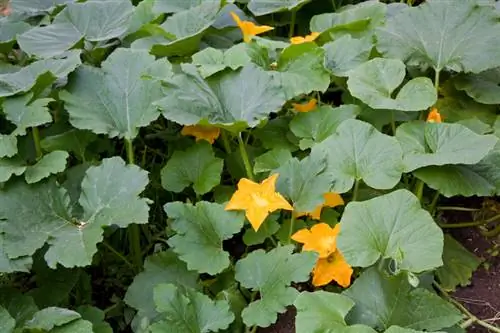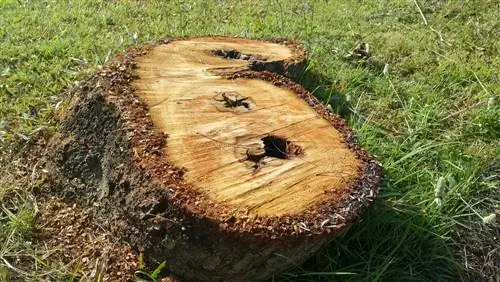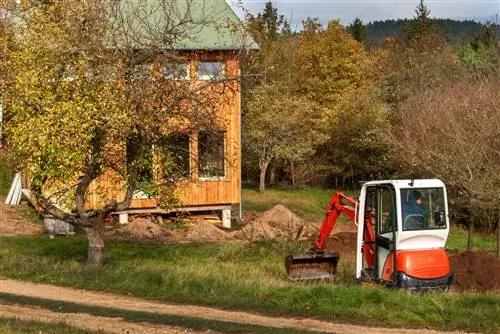- Author admin [email protected].
- Public 2023-12-16 16:46.
- Last modified 2025-01-23 11:22.
The melon pear comes from the nightshade family. Just like the gardener's favorite plant child: the tomato. Like this one, it bears its fruit above the ground on numerous tendrils. Does minimization also result in energy savings that benefit the fruits? Read for yourself.

How should you prune a melon pear?
Prinching the melon pear is done by pinching off thin shoots at the base with your fingers and carefully cutting off thicker shoots with scissors. This measure helps the plant concentrate energy into fewer fruits, making them larger.
Not all vines bear flowers
From around May onwards, the growth of the melon pear, also known as pear melon or pepino, visibly progresses. While the first flowers appear on strong shoots, side shoots remain flowerless for a long time. However, their growth consumes valuable energy.
In our latitudes the climate is not reliably warm like in the region of origin of these plants. In order to get its fruits big and ripe here, the pear melon needs more time and, above all, all the energy it can get. So that she doesn't waste her strength on the formation of "useless" shoots, pruning should be an integral part of her care.
The ideal time for austerity
Whether you put a melon pear outside after overwintering or plant a new specimen in the garden bed in May, new shoots will not be long in coming. Now you have to look carefully to find the right time for stripping.
First wait until the first blossoms appear. This way you can reliably distinguish shoots that are promising from those that don't have flowers.
Tip
If all the fruits are not ripe by late summer, you can move your harvest to the winter quarters, where the fruits can continue to ripen on the plant away from the fresh air.
How to save the melon pear
Most hobby gardeners are already familiar with pinching out tomato plants, which, like the melon pear, are also part of the nightshade family. Similar to the tomato, the melon pear is also squeezed out.
- Pinch off thin shoots at the base with your fingers
- Carefully cut off stronger shoots with scissors
Tip
You can also cut back a piece of long fruit-bearing shoots. As a result, the energy is concentrated in fewer fruits and they become larger.






